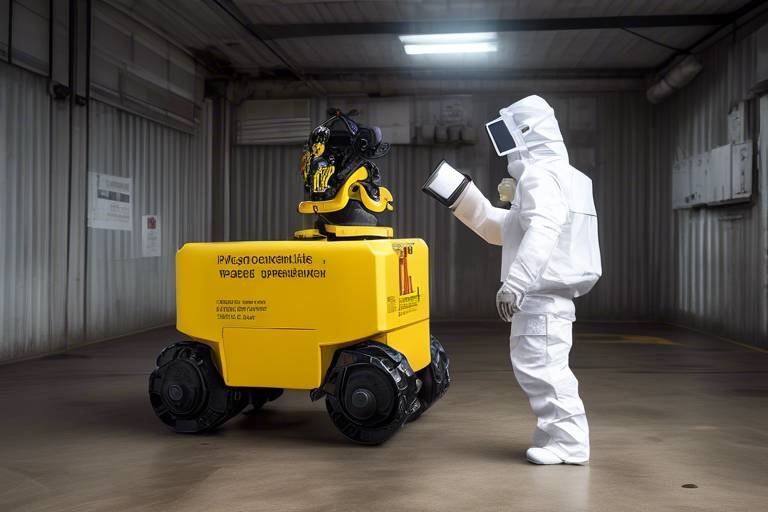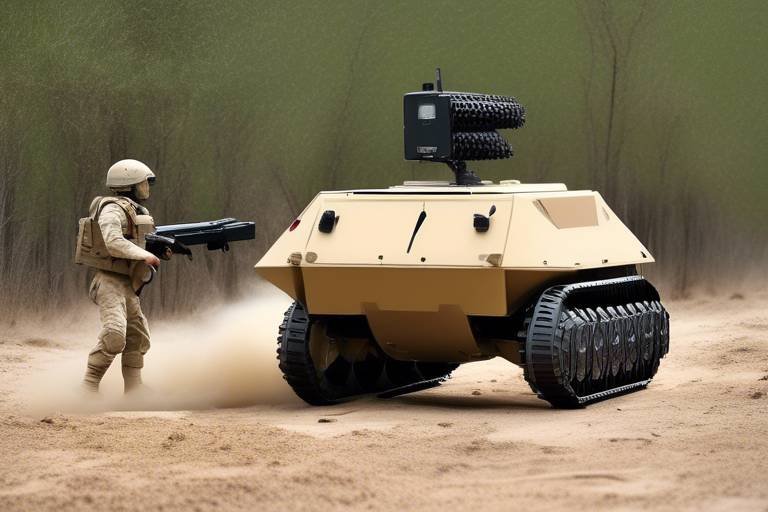How the V-22 Osprey is Integrating Autonomous Systems in Flight
The V-22 Osprey is not just another aircraft; it’s a revolutionary tiltrotor marvel that seamlessly combines the agility of a helicopter with the speed and range of a fixed-wing plane. This unique design allows it to perform a variety of military operations that traditional aircraft simply can't match. But what truly sets the Osprey apart is its increasing integration of autonomous systems into flight operations. As we delve into this fascinating topic, we'll uncover how these advanced technologies are not only enhancing the Osprey's capabilities but also paving the way for the future of aviation.
Imagine a world where aircraft can make split-second decisions, navigate complex environments, and operate with minimal human intervention. That’s the vision driving the integration of autonomous systems in the V-22 Osprey. These systems are designed to assist pilots by taking over routine tasks, thereby allowing them to focus on critical mission objectives. This is akin to having a co-pilot who never tires and can process data faster than any human could. The implications of this technology are profound, not just for military missions but also for future commercial aviation.
As we explore the operational benefits of these autonomous systems, it’s essential to recognize the technological advancements that make them possible. The Osprey is equipped with sophisticated autopilot systems, which can maintain altitude and heading with remarkable precision. This allows pilots to manage more complex aspects of their missions without the distraction of manual controls. Furthermore, collision avoidance systems are becoming increasingly vital in ensuring flight safety, especially in densely populated or chaotic environments. The V-22 Osprey's ability to navigate through these challenges with ease is a testament to the power of integrating autonomous technology.
However, the journey toward fully autonomous flight isn’t without its hurdles. While the benefits are clear, the implementation of these systems comes with its own set of challenges. From technical limitations, such as sensor accuracy and software reliability, to regulatory hurdles that require compliance with stringent aviation standards, the path forward demands careful navigation. Moreover, extensive testing is necessary to ensure that these systems can perform reliably under various operational conditions. This is where the aviation community must come together to innovate and adapt, ensuring that the integration of autonomous systems enhances safety and efficiency without compromising operational integrity.
In conclusion, the V-22 Osprey stands at the forefront of a new era in aviation, where the fusion of human skill and autonomous technology creates a powerful synergy. As we continue to explore the possibilities that lie ahead, it’s clear that the integration of these systems will not only redefine military aviation but also have far-reaching implications for the future of air travel. So, whether you’re a military strategist or a curious aviation enthusiast, the evolution of the V-22 Osprey is a story worth following.
- What is the V-22 Osprey?
The V-22 Osprey is a tiltrotor aircraft that combines the capabilities of a helicopter and a fixed-wing plane, making it versatile for various military operations. - How do autonomous systems enhance the V-22 Osprey?
Autonomous systems improve flight safety, reduce pilot workload, and increase operational efficiency, allowing for more successful mission outcomes. - What are the main challenges in integrating autonomous systems?
Challenges include technical limitations, regulatory compliance, and the need for thorough testing to ensure safety and reliability. - What types of autonomous technologies are used in the V-22 Osprey?
Key technologies include autopilot systems and collision avoidance systems that enhance navigation and operational safety.
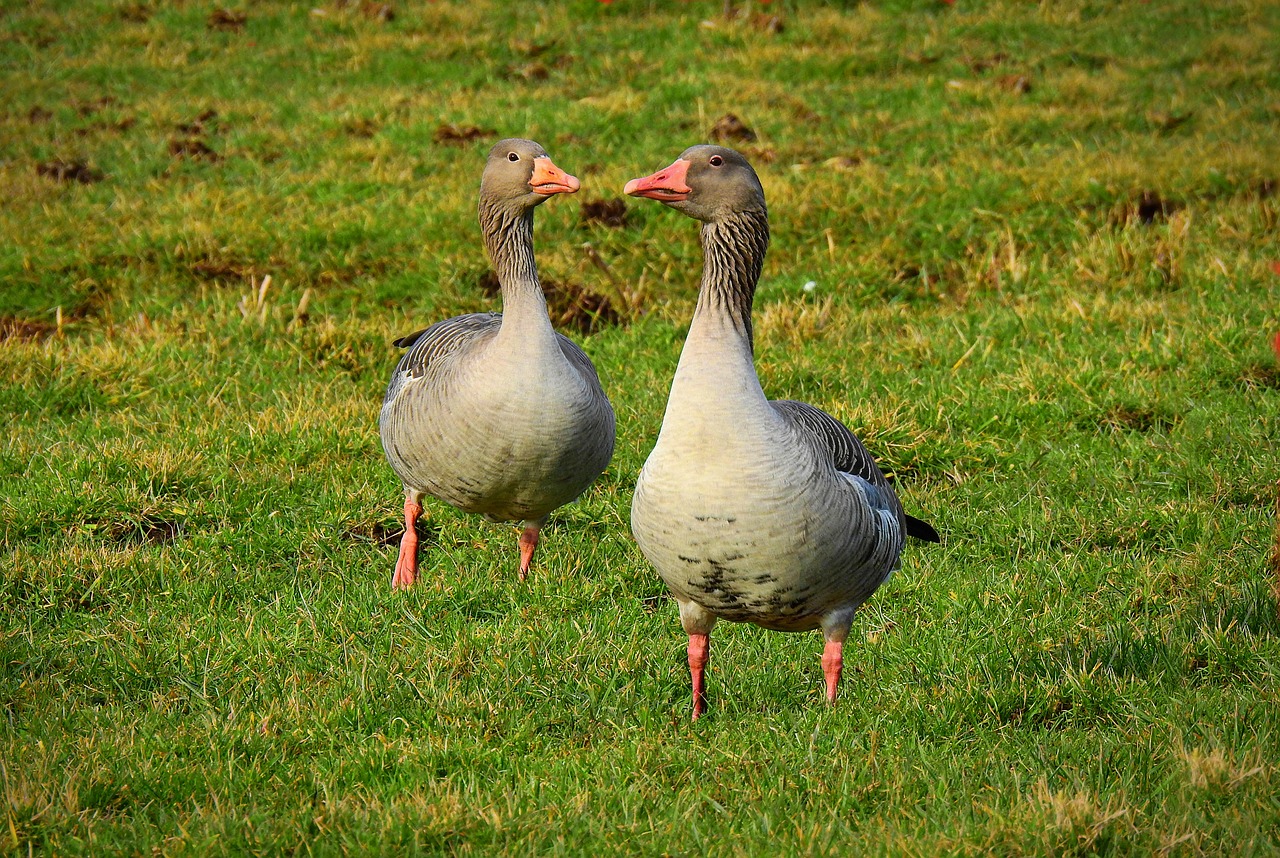
Overview of the V-22 Osprey
This article explores the innovative integration of autonomous systems in the V-22 Osprey, highlighting its operational benefits, technological advancements, and implications for future aviation.
The V-22 Osprey is not just any aircraft; it is a remarkable blend of cutting-edge technology and versatility that redefines how we think about flight. Imagine a vehicle that can take off and land like a helicopter but also fly like a plane. That’s the V-22 Osprey for you! Designed primarily for military operations, this tiltrotor aircraft has been a game changer since its introduction. With its unique capability to transition between vertical and horizontal flight, the Osprey is equipped to handle a variety of missions, from troop transport to supply delivery in challenging terrains.
What sets the V-22 Osprey apart is its dual-rotor system, which allows it to hover and take off in confined spaces, making it an invaluable asset in combat zones. Its operational flexibility is enhanced by its ability to cruise at higher speeds compared to traditional helicopters, significantly reducing travel time. This means that when time is of the essence, the Osprey can get troops where they need to be, faster than ever before.
In addition to its impressive speed and agility, the Osprey is equipped with advanced avionics and systems that facilitate communication and navigation. The aircraft's design incorporates a multitude of sensors and instruments that assist pilots in making informed decisions during flight. The integration of autonomous systems into the Osprey is a natural progression, enhancing its capabilities even further. With these systems, the Osprey can perform complex maneuvers and maintain stability, allowing pilots to focus on mission objectives rather than getting bogged down by routine flight operations.
To illustrate the versatility of the V-22 Osprey, consider its operational roles:
- Troop Transport: Capable of carrying up to 24 troops, the Osprey can swiftly deploy forces into hot zones.
- Medical Evacuation: The Osprey is also used for urgent medical evacuations, ensuring that injured personnel receive prompt care.
- Logistical Support: With its ability to transport supplies and equipment, the Osprey plays a crucial role in sustaining military operations.
In summary, the V-22 Osprey is a revolutionary aircraft that combines the best features of helicopters and airplanes. Its ability to adapt to various missions while integrating advanced technologies makes it a cornerstone of modern military aviation. As we explore further, we will see how the integration of autonomous systems takes the Osprey’s capabilities to unprecedented heights.
Autonomous systems are transforming aviation by enhancing safety, efficiency, and operational capabilities. This section delves into the various types of autonomous technologies being utilized in modern aircraft.
This subsection examines the specific types of autonomous systems, such as autopilot, collision avoidance, and flight management systems, that are essential for improving flight operations in the V-22 Osprey.
Autopilot systems enable the V-22 Osprey to maintain altitude and heading, allowing pilots to focus on mission-critical tasks while ensuring stable flight during various operational scenarios.
Collision avoidance systems are crucial for enhancing safety in flight. This section discusses how these systems help the V-22 Osprey navigate complex environments and avoid potential hazards.
Integrating autonomous systems into the V-22 Osprey offers numerous advantages, including increased operational efficiency, reduced pilot workload, and improved mission success rates in challenging environments.
Despite the benefits, integrating autonomous systems into the V-22 Osprey presents challenges, including technical limitations, regulatory hurdles, and the need for extensive testing to ensure reliability and safety.
This subsection highlights the current technical limitations faced in the development of autonomous systems for the V-22 Osprey, including sensor accuracy and software reliability.
Regulatory challenges play a significant role in the integration of autonomous technologies in aviation. This section discusses the necessary compliance and safety standards that must be met for successful implementation.
Q: What makes the V-22 Osprey unique compared to other aircraft?
A: The V-22 Osprey is unique due to its tiltrotor design, which allows it to take off and land like a helicopter while flying at high speeds like an airplane.
Q: How do autonomous systems improve the V-22 Osprey's performance?
A: Autonomous systems enhance the Osprey's performance by reducing pilot workload, improving safety through collision avoidance, and increasing operational efficiency.
Q: What are the main challenges in integrating autonomous systems into the V-22 Osprey?
A: The main challenges include technical limitations, regulatory hurdles, and the need for extensive testing to ensure reliability and safety.
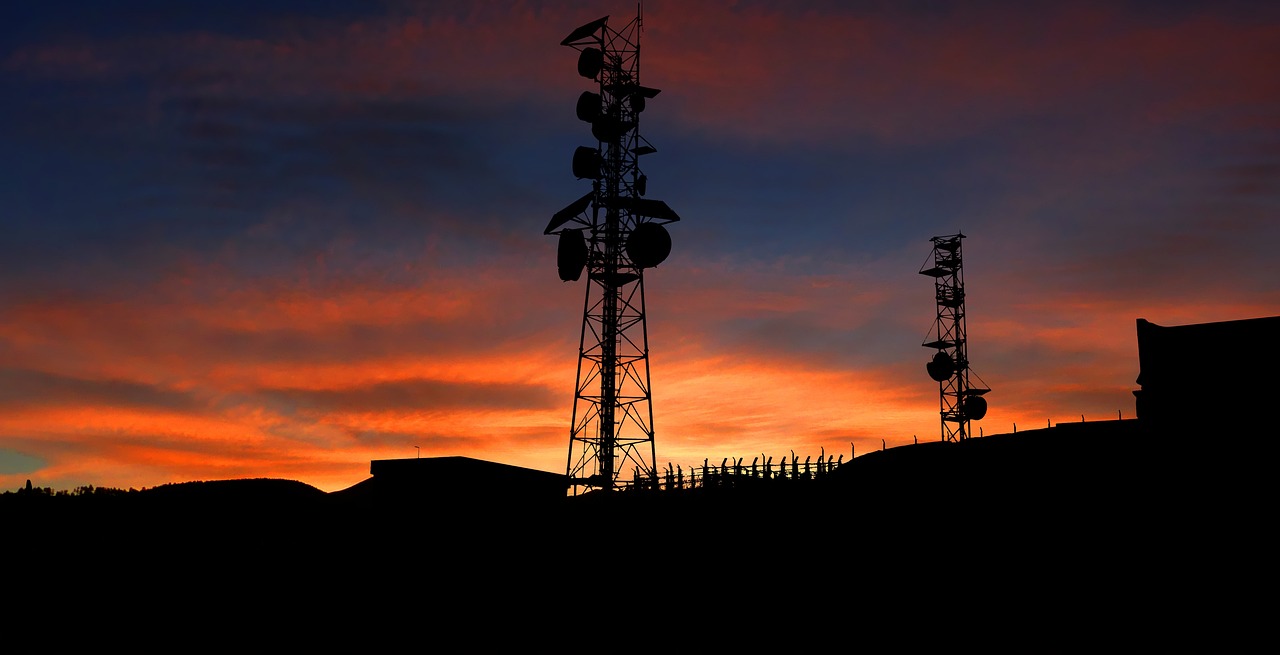
Autonomous Systems in Aviation
Autonomous systems are revolutionizing the aviation industry, making it safer, more efficient, and increasingly capable of handling complex operations. Imagine a world where aircraft can navigate through turbulent skies, avoid obstacles, and even make real-time decisions without constant human intervention. This is not just a dream; it's becoming a reality thanks to advancements in technology. The integration of these systems is akin to giving an aircraft a second set of eyes, allowing it to perceive its environment and respond to challenges swiftly.
At the heart of this transformation lies a variety of autonomous technologies that enhance the functionality of modern aircraft. These systems work in tandem to create a more streamlined flying experience. For instance, autopilot systems can take over routine flying tasks, allowing pilots to focus on critical mission objectives. Meanwhile, collision avoidance systems act as vigilant guardians, constantly scanning the surroundings to prevent accidents. The combination of these technologies not only improves safety but also enhances overall mission effectiveness.
One of the most exciting aspects of autonomous systems is their ability to learn and adapt over time. With the integration of artificial intelligence (AI), aircraft can analyze vast amounts of data from previous flights, weather patterns, and even other aircraft. This capability allows them to optimize flight paths, conserve fuel, and improve response times in emergencies. It's as if the aircraft is gaining experience with each flight, becoming smarter and more efficient. This level of adaptability is crucial in military operations, where conditions can change rapidly and unpredictably.
Furthermore, the operational benefits of autonomous systems extend beyond individual aircraft. When integrated into a fleet, these technologies can facilitate better communication and coordination among multiple units. Imagine a squadron of V-22 Ospreys working together seamlessly, sharing information in real time to execute complex maneuvers and strategies. This level of cooperation can significantly enhance mission success rates, especially in challenging environments where every second counts.
However, the journey towards fully autonomous aviation is not without its hurdles. While the technology is advancing rapidly, there are still many challenges to overcome. Issues such as sensor accuracy, software reliability, and the need for extensive testing must be addressed to ensure these systems can perform safely and effectively. Additionally, regulatory frameworks must evolve to keep pace with these innovations, ensuring that safety standards are met while allowing for the integration of cutting-edge technologies.
In conclusion, the integration of autonomous systems in aviation is not just a trend; it's a significant leap towards the future of flight. As we continue to harness the power of technology, we can expect to see even more impressive advancements that will redefine how we think about flying. The V-22 Osprey is at the forefront of this revolution, paving the way for a new era of aviation that promises to be safer, more efficient, and incredibly exciting.
- What are autonomous systems in aviation?
Autonomous systems in aviation refer to technologies that enable aircraft to operate with minimal human intervention, enhancing safety and operational efficiency. - How do autopilot systems work?
Autopilot systems maintain altitude and heading by automatically controlling the aircraft's flight path, allowing pilots to focus on other critical tasks. - What is the role of collision avoidance systems?
Collision avoidance systems continuously monitor the aircraft's surroundings to prevent accidents by alerting pilots or taking corrective actions automatically. - What challenges do autonomous systems face in aviation?
Challenges include technical limitations, regulatory hurdles, and the need for rigorous testing to ensure reliability and safety in various flight conditions.
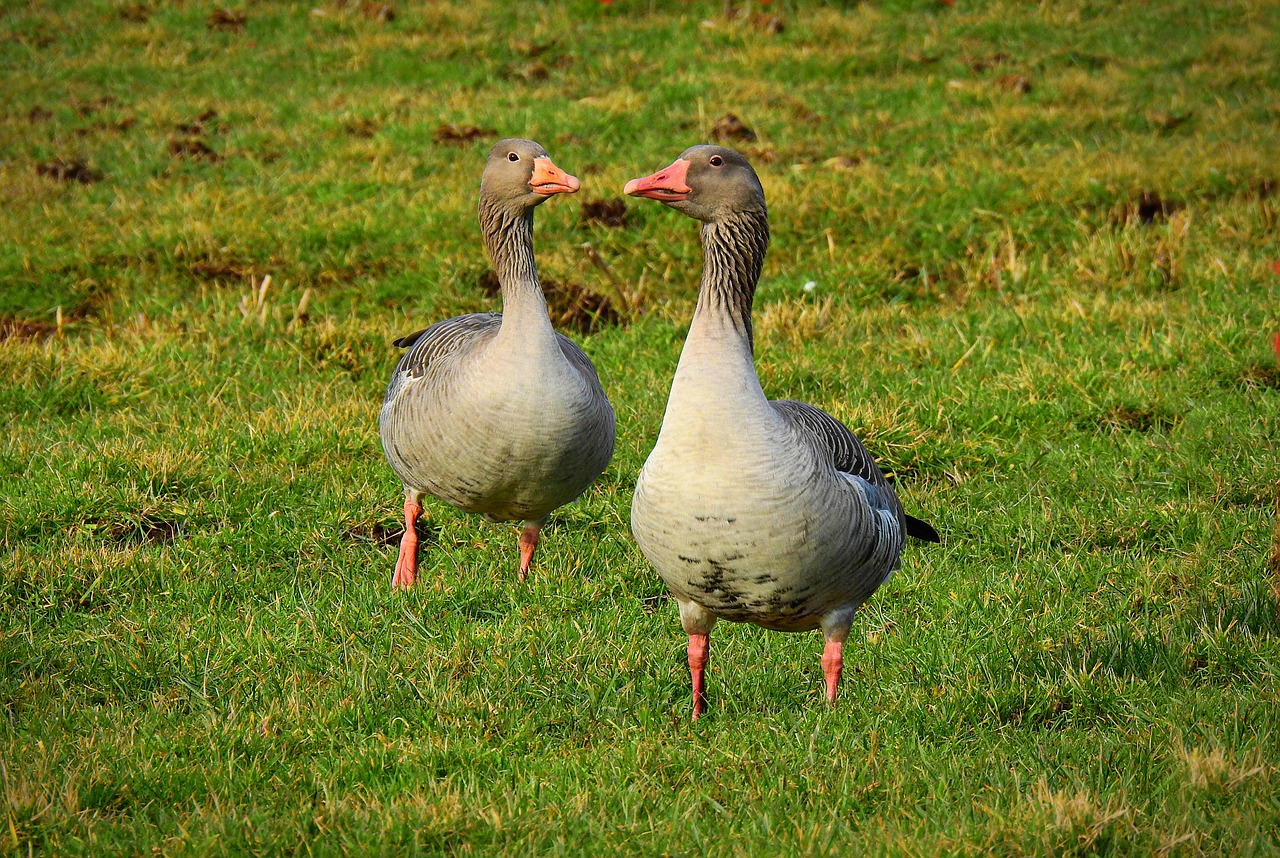
Types of Autonomous Technologies
The integration of autonomous technologies into aviation is revolutionizing how aircraft operate, and the V-22 Osprey is at the forefront of this transformation. These technologies not only enhance the aircraft's operational capabilities but also significantly improve safety and efficiency. Let's delve into the various types of autonomous systems that are crucial for the V-22 Osprey, each playing a pivotal role in modern aviation.
One of the most critical components of autonomous technology is the autopilot system. This system allows the V-22 Osprey to maintain precise control over its altitude and heading, freeing pilots to concentrate on other essential mission tasks. Imagine being able to navigate through complex airspace while focusing on strategic decisions rather than constantly adjusting controls. This is the reality that autopilot systems bring to the table.
Another vital technology is the collision avoidance system. In today's airspace, where multiple aircraft operate simultaneously, the risk of mid-air collisions is a significant concern. The collision avoidance system in the V-22 Osprey utilizes advanced sensors and algorithms to detect potential hazards in real-time. By analyzing data from its surroundings, the system can alert pilots to nearby aircraft, ensuring safer flight paths. This technology is akin to having a co-pilot who is always vigilant and ready to warn you of impending danger.
Additionally, the flight management system (FMS) plays a crucial role in optimizing flight operations. The FMS integrates various functions, such as navigation, performance calculations, and route planning, into a single platform. This means that the V-22 Osprey can automatically adjust its flight path based on changing conditions, ensuring that it operates at peak efficiency. With the FMS, the aircraft can adapt to unexpected weather changes or air traffic, much like a skilled driver who can navigate through heavy traffic with ease.
To summarize, the types of autonomous technologies integrated into the V-22 Osprey are multifaceted and designed to enhance its operational effectiveness. These systems work in harmony to reduce pilot workload, increase safety, and improve overall mission success rates. The future of aviation lies in these innovations, and the V-22 Osprey is leading the charge.
- What are autonomous systems in aviation?
Autonomous systems in aviation are technologies that enable aircraft to operate with minimal human intervention, enhancing safety and efficiency. - How does the autopilot system work in the V-22 Osprey?
The autopilot system maintains the aircraft's altitude and heading, allowing pilots to focus on other critical tasks during flight. - What is the role of collision avoidance systems?
Collision avoidance systems detect potential hazards in real-time and provide alerts to pilots, significantly enhancing flight safety. - How does the flight management system optimize operations?
The flight management system integrates navigation, performance calculations, and route planning, enabling the aircraft to adjust its flight path based on real-time conditions.

Autopilot Systems
The integration of in the V-22 Osprey represents a significant leap forward in aviation technology, enabling pilots to navigate complex missions with greater ease and efficiency. Imagine being able to hand over certain flight tasks to a system that can maintain altitude and heading with pinpoint accuracy while you focus on critical decision-making. This is the reality that autopilot systems bring to the table, transforming the way pilots operate the Osprey.
These systems are designed to alleviate the cognitive load on pilots, allowing them to concentrate on mission objectives rather than the intricacies of flight management. For instance, during long flights or in high-stress situations, autopilot can take over routine tasks, ensuring that the aircraft remains stable. This not only enhances the safety of the flight but also boosts the overall effectiveness of missions. Think of it like having a co-pilot who never tires, always ready to assist with the heavy lifting of navigation and control.
Furthermore, the advanced autopilot systems in the V-22 Osprey are equipped with sophisticated algorithms that can react to changing flight conditions in real-time. This means that in the face of unexpected turbulence or severe weather, the autopilot can make instant adjustments to keep the aircraft steady. The ability to adapt swiftly to environmental changes is crucial, especially in military operations where the stakes are high.
In addition to maintaining stability, autopilot systems can also manage complex flight paths, which is particularly beneficial for the Osprey's unique tiltrotor capabilities. The V-22 can switch between helicopter and airplane modes, and the autopilot systems are designed to handle these transitions seamlessly. This versatility is key during missions that require rapid deployment or extraction, allowing for quick adjustments without compromising safety.
As we look to the future, the evolution of autopilot systems will likely include even more advanced features, such as machine learning algorithms that can predict flight conditions and optimize performance based on historical data. This could lead to unprecedented levels of efficiency and safety in aviation.
In conclusion, the autopilot systems in the V-22 Osprey not only enhance pilot performance but also contribute to the overall success of missions. By reducing workload and improving safety, these systems are redefining what is possible in modern aviation.
- What is the primary function of the autopilot system in the V-22 Osprey?
The primary function is to maintain altitude and heading, allowing pilots to focus on mission-critical tasks.
- How does the autopilot system enhance safety?
It helps maintain stable flight and can quickly react to changing flight conditions, reducing the risk of pilot error.
- Can the autopilot system handle transitions between helicopter and airplane modes?
Yes, the autopilot is designed to manage these transitions seamlessly, ensuring safe operations during complex missions.
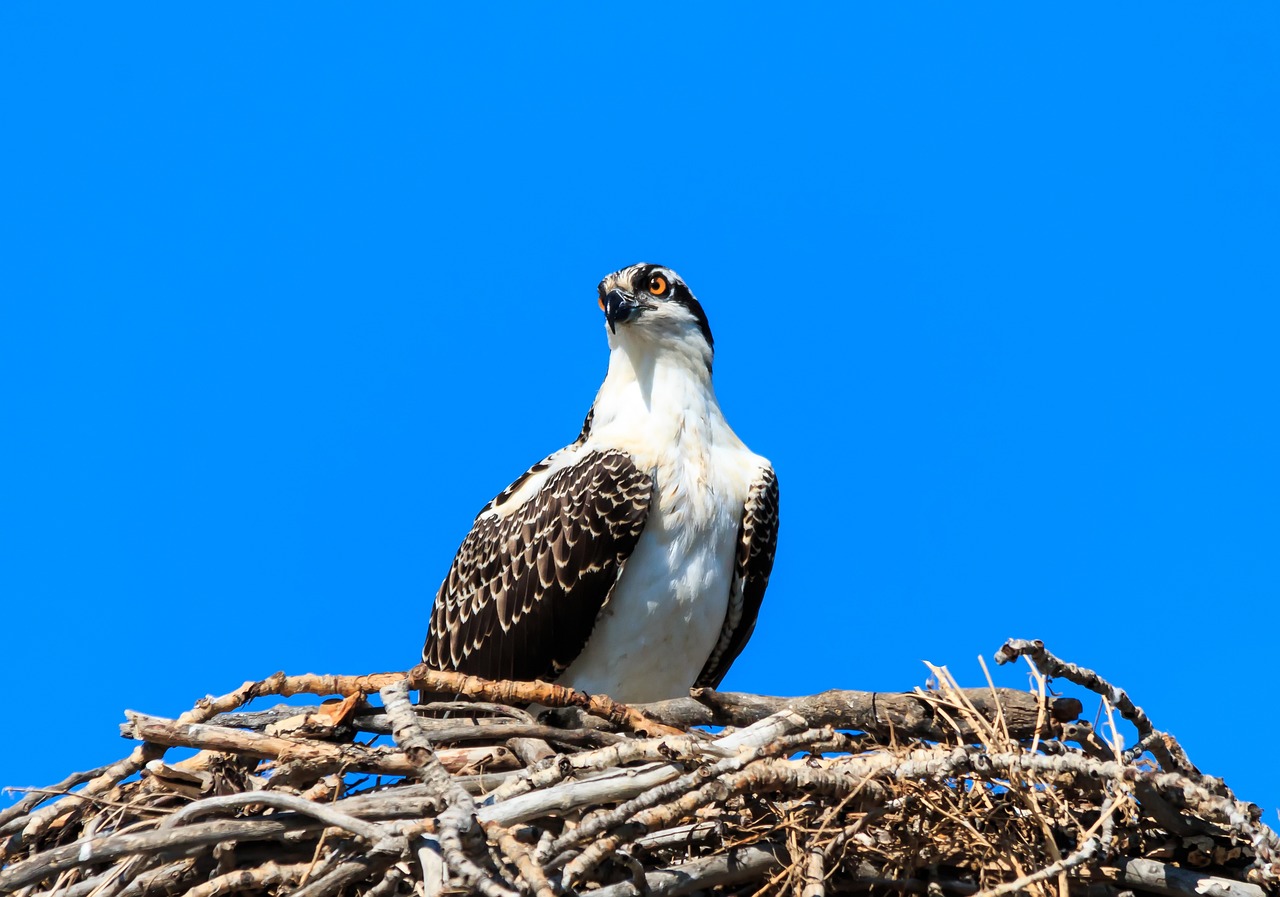
Collision Avoidance Systems
The integration of in the V-22 Osprey is a game changer for aviation safety. Imagine flying through a complex urban landscape, where skyscrapers loom and other aircraft buzz around like bees. In such scenarios, the last thing any pilot wants is to be caught off guard by an unexpected obstacle. That's where these advanced systems come into play. They act as the vigilant eyes in the sky, constantly scanning the environment to detect potential hazards and alerting the pilot before a dangerous situation arises.
These systems utilize a combination of radar, sensors, and sophisticated algorithms to assess the aircraft's surroundings. When a potential collision is detected, the system can either warn the pilot or, in some advanced configurations, take corrective actions automatically. For instance, if another aircraft is on a collision course, the system might suggest an evasive maneuver or even initiate it if the pilot does not respond in time. This capability is particularly vital during low-altitude operations, where the risk of mid-air collisions is significantly higher.
Moreover, collision avoidance systems are not just about avoiding other aircraft; they also help in navigating through challenging terrains, such as mountainous regions or urban environments. The technology can analyze topographical data and provide real-time feedback to the pilot, ensuring that the Osprey remains on a safe flight path. This is akin to having a co-pilot who never blinks, always alert and ready to guide you away from danger.
To give you a clearer picture, let’s break down the components of these systems:
| Component | Description |
|---|---|
| Radar | Uses radio waves to detect objects in the vicinity and determine their distance and speed. |
| Sensors | Collect data on altitude, speed, and surrounding obstacles to provide comprehensive situational awareness. |
| Algorithms | Process the data from radar and sensors to predict potential conflicts and suggest solutions. |
As we look to the future, the potential for these systems to evolve is immense. With advancements in artificial intelligence and machine learning, we can expect even more sophisticated collision avoidance technologies that will not only enhance safety but also allow pilots to focus on strategic decision-making rather than constantly monitoring their surroundings. In essence, these systems are not just a safety net; they are paving the way for a new era of autonomous flight where the human-pilot and machine partnership reaches unprecedented levels of efficiency and safety.
- How do collision avoidance systems work in the V-22 Osprey?
These systems utilize radar and sensors to detect nearby objects, analyze potential collision risks, and alert the pilot or take evasive actions automatically. - Are collision avoidance systems foolproof?
While they significantly enhance safety, no system is infallible. Continuous advancements and rigorous testing are essential to improve their reliability. - Can collision avoidance systems be used in all types of aircraft?
Yes, many modern aircraft are equipped with some form of collision avoidance technology, though the sophistication may vary.
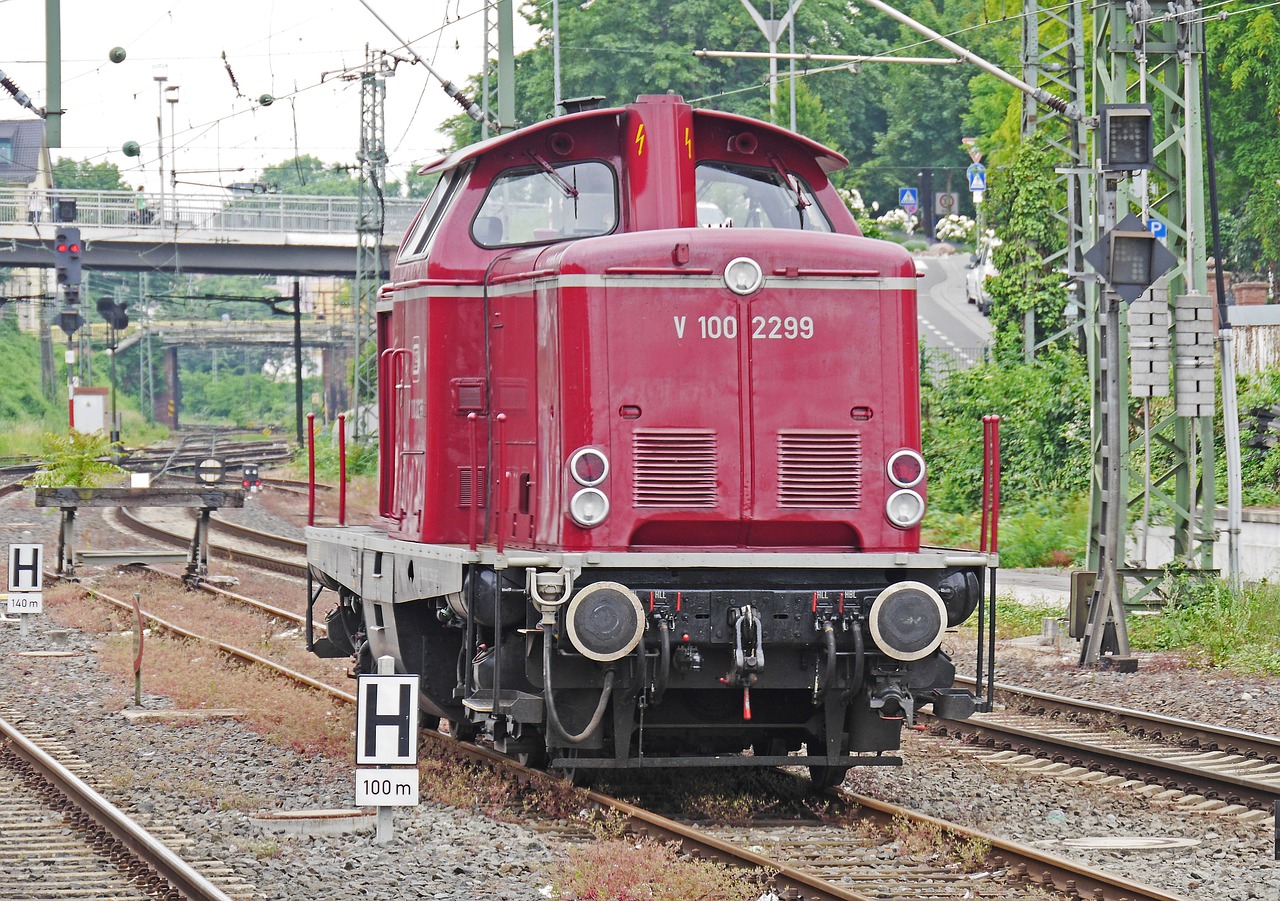
Benefits of Integrating Autonomous Systems
The integration of autonomous systems into the V-22 Osprey is not just a technological upgrade; it's a game-changer for military aviation. Imagine being able to fly a complex aircraft with the confidence that advanced systems are working behind the scenes to enhance safety and efficiency. This is precisely what autonomous systems bring to the table. By automating certain flight operations, pilots can focus on mission-critical tasks without being bogged down by routine controls. This leads to a more streamlined and effective operation, especially in high-pressure scenarios.
One of the most significant advantages is the reduction in pilot workload. Pilots often juggle multiple responsibilities during flight, from navigation to communication with ground forces. With autonomous systems managing specific functions, they can direct their attention to strategic decision-making. This is akin to having a co-pilot who never tires, allowing the human operator to maintain peak performance throughout the mission.
Moreover, the increased operational efficiency is another compelling benefit. Autonomous systems can process vast amounts of data in real-time, making split-second decisions that enhance flight safety. For instance, when faced with changing weather conditions or unexpected obstacles, these systems can adjust the flight path instantaneously. This capability not only improves safety but also optimizes fuel consumption and reduces wear and tear on the aircraft, leading to lower operational costs.
Consider the improved mission success rates in challenging environments. The V-22 Osprey often operates in hostile territories where every second counts. With autonomous capabilities, the aircraft can execute complex maneuvers that might be too risky or difficult for a human pilot alone. This technology allows for enhanced situational awareness, enabling the Osprey to navigate through difficult terrains and avoid potential threats effectively.
In addition to these operational benefits, integrating autonomous systems fosters a culture of innovation and adaptability within military aviation. As the V-22 Osprey continues to evolve, it sets a precedent for future aircraft designs. The lessons learned from its integration process can pave the way for more advanced systems in the next generation of military aviation. This not only enhances current capabilities but also prepares the forces for future challenges.
In summary, the integration of autonomous systems into the V-22 Osprey is a multifaceted enhancement that leads to safer, more efficient, and more effective military operations. As technology continues to advance, the potential for these systems to revolutionize aviation is boundless.
- What are autonomous systems in aviation?
Autonomous systems in aviation refer to technologies that allow aircraft to operate with minimal human intervention, improving safety and operational efficiency. - How do autonomous systems benefit military operations?
They reduce pilot workload, enhance situational awareness, and improve mission success rates, especially in challenging environments. - Are there any risks associated with autonomous systems?
Yes, challenges such as technical limitations and regulatory hurdles must be addressed to ensure the reliability and safety of these systems. - What is the future of autonomous systems in aviation?
The future looks promising, with ongoing advancements expected to lead to even more sophisticated systems that will further enhance aviation capabilities.

Challenges in Implementation
Integrating autonomous systems into the V-22 Osprey is no walk in the park. While the potential benefits are immense, the road to full implementation is strewn with challenges that must be navigated carefully. One of the most significant hurdles is the technical limitations that currently exist. For instance, the sensors used in these systems must be incredibly precise to ensure safe and reliable operation. If the sensors misinterpret data, it could lead to catastrophic failures, especially in the complex environments where the Osprey is often deployed.
Moreover, software reliability is another critical concern. The algorithms that drive autonomous decision-making must be rigorously tested and validated over countless scenarios. Imagine relying on a system that could potentially make a mistake in a split second—this is not just about convenience; it’s about life and death. Engineers are working tirelessly to refine these systems, but the complexity of the task is daunting.
In addition to technical challenges, there are also regulatory hurdles that complicate the integration of autonomous systems. Aviation is one of the most regulated industries in the world, and introducing new technologies requires compliance with stringent safety standards. Regulatory bodies need to ensure that these systems meet all necessary criteria before they can be deployed in real-world situations. This often leads to lengthy approval processes that can stall innovation.
Furthermore, the cultural resistance within the aviation community cannot be overlooked. Pilots and operators may be hesitant to trust autonomous systems, fearing that they could undermine their skills or lead to a loss of control. This mindset can create a barrier to acceptance, making it essential for developers to demonstrate the reliability and safety of these technologies through extensive testing and real-world demonstrations.
Despite these challenges, the integration of autonomous systems into the V-22 Osprey is not just a dream; it’s a goal that many in the aviation industry are passionately pursuing. The potential for increased safety, efficiency, and operational capability is too significant to ignore. As technology advances and regulatory frameworks evolve, we may soon see a future where the Osprey—and other aircraft—operate with enhanced autonomy, paving the way for safer skies.
- What are the main challenges in integrating autonomous systems?
The main challenges include technical limitations, regulatory hurdles, and cultural resistance within the aviation community.
- How does sensor accuracy impact the V-22 Osprey?
Sensor accuracy is crucial for safe operation; inaccuracies can lead to misinterpretation of data, potentially causing dangerous situations.
- Why is regulatory compliance important?
Regulatory compliance ensures that new technologies meet safety standards, which is vital for public trust and operational safety.
- What role do pilots play in the future of autonomous aviation?
Pilots will remain essential, especially in overseeing autonomous systems and handling situations that require human judgment.
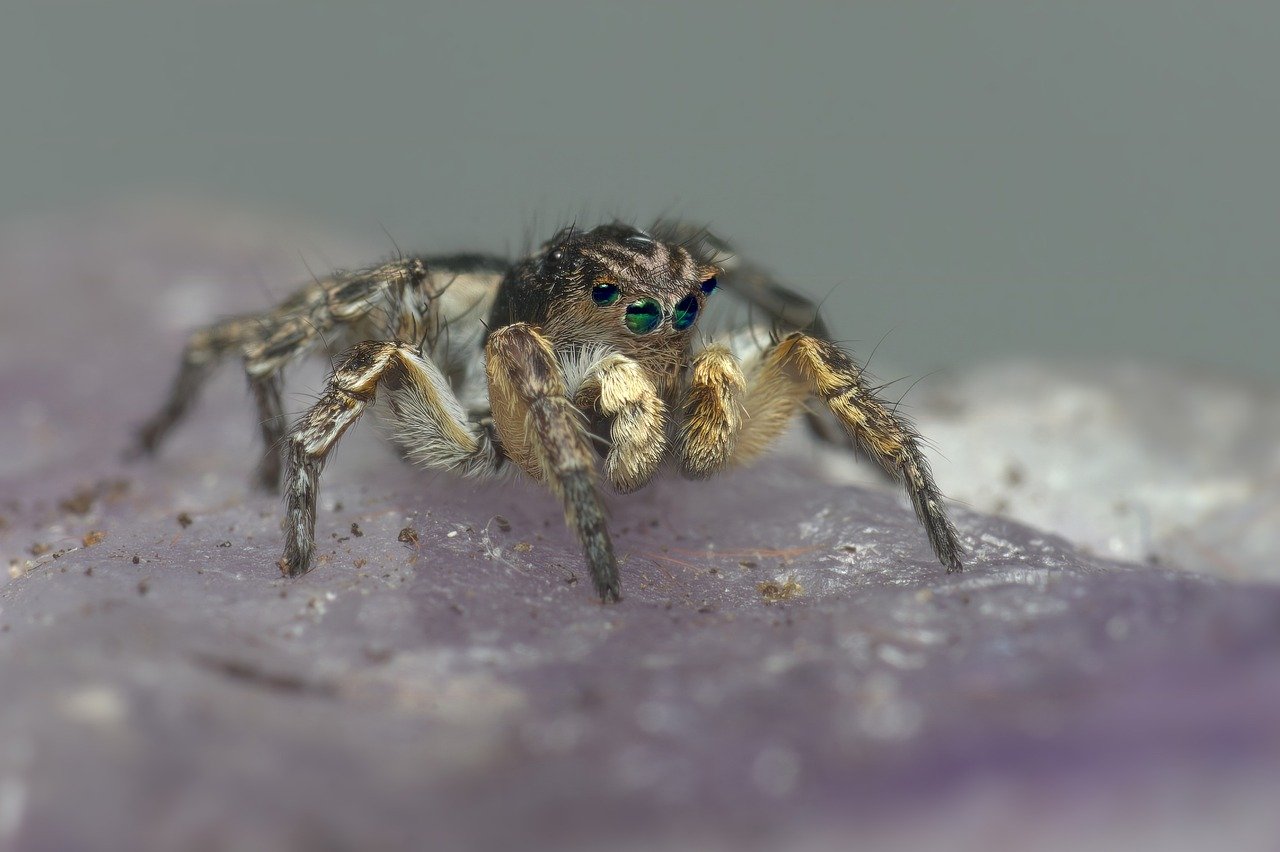
Technical Limitations
The integration of autonomous systems in the V-22 Osprey is a groundbreaking step forward in aviation technology, but it doesn't come without its . One of the most pressing challenges is the accuracy of sensors. Autonomous systems rely heavily on various sensors to gather data about the aircraft's environment, including radar, LIDAR, and cameras. If these sensors are not precise, the entire system can become unreliable, leading to potential safety issues. Imagine trying to navigate a dense forest with a faulty GPS; the consequences could be disastrous.
Additionally, the software reliability of these autonomous systems is paramount. The V-22 Osprey's flight management software must process vast amounts of data in real-time to make critical decisions. Any bugs or glitches in the software could lead to incorrect readings or poor decision-making. The complexity of the software architecture means that extensive testing is required to ensure that it can handle unexpected scenarios. Just like a pilot needs to be trained for various emergency situations, the software must be rigorously tested to deal with any potential anomalies.
Moreover, the interoperability of these autonomous systems with existing aircraft systems poses another challenge. The V-22 Osprey has been in service for years, and integrating new technologies into an established platform can lead to compatibility issues. This is akin to trying to fit a modern smartphone charger into an old flip phone; it just doesn’t work without significant modifications.
Furthermore, the data processing capabilities of the onboard systems must be robust enough to handle the influx of information from multiple sources. As the V-22 Osprey operates in various environments, from urban settings to remote areas, it must be equipped to process environmental data quickly and accurately. In situations where split-second decisions can mean the difference between success and failure, any lag in data processing could jeopardize the mission.
Lastly, the cost implications of integrating these advanced technologies cannot be overlooked. Developing, testing, and implementing autonomous systems require significant investment. Budget constraints can limit the extent to which these systems can be integrated, potentially delaying the realization of their full benefits. It’s a classic case of wanting to have the best tools available but being restricted by financial resources.
In summary, while the V-22 Osprey stands at the forefront of integrating autonomous systems in aviation, it faces several technical limitations that must be addressed. From sensor accuracy and software reliability to interoperability and data processing capabilities, these challenges require careful consideration and innovative solutions to ensure the safe and effective use of autonomous technologies in flight.
- What are the main technical limitations of the V-22 Osprey's autonomous systems?
The main limitations include sensor accuracy, software reliability, interoperability with existing systems, data processing capabilities, and cost implications.
- How do sensor inaccuracies affect the V-22 Osprey's operations?
Inaccurate sensors can lead to unreliable data, which can compromise the safety and effectiveness of the aircraft's autonomous systems.
- Why is software reliability critical for the V-22 Osprey?
Software reliability is essential because it processes real-time data for decision-making; any glitches can lead to severe operational issues.
- What are the cost implications of integrating autonomous systems?
Integrating advanced technologies requires significant investment, and budget constraints can limit the extent of integration, affecting overall operational capabilities.
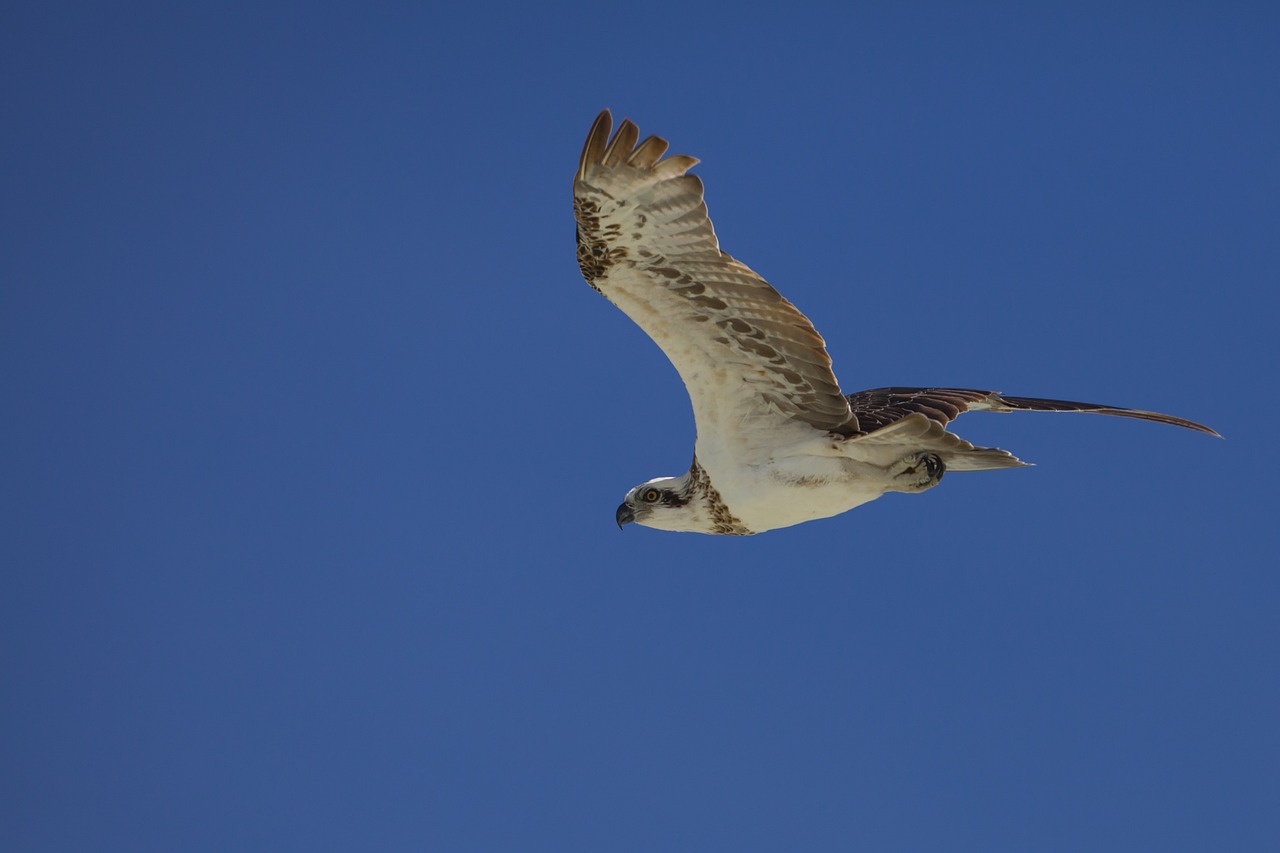
Regulatory Hurdles
Integrating autonomous systems into the V-22 Osprey is not just a matter of technology; it also involves navigating a complex landscape of . These hurdles can often feel like a maze, where every turn presents new challenges. Regulatory bodies, such as the Federal Aviation Administration (FAA) and military oversight organizations, have stringent guidelines that dictate how aircraft should operate, especially when it comes to autonomous technologies.
One of the primary concerns for regulators is safety. Autonomous systems must demonstrate a high level of reliability before they can be approved for use in operational environments. This means extensive testing and validation processes are required to ensure that these systems can handle unexpected situations without compromising the safety of the crew or the aircraft. For example, if an autonomous system fails mid-flight, the consequences could be dire. Therefore, regulators often require proof of redundancy in critical systems, meaning that if one system fails, another can take over seamlessly.
Additionally, there are compliance and certification processes that must be adhered to. These processes can be lengthy and complex, involving multiple stages of review and approval. Aircraft manufacturers and developers must submit detailed documentation that outlines how their autonomous systems function, the safety measures in place, and how they comply with existing aviation regulations. This documentation is scrutinized to ensure that all potential risks are addressed.
Moreover, as technology evolves, regulations often lag behind. This creates a scenario where innovative solutions may be ready for deployment, but regulatory frameworks have not yet adapted to accommodate them. This can lead to a situation where developers must either wait for new regulations to be established or find ways to work within outdated guidelines, which can stifle innovation and slow down the integration of beneficial technologies.
In summary, while the integration of autonomous systems into the V-22 Osprey can enhance its operational capabilities, the path is fraught with regulatory challenges. The need for rigorous safety standards, compliance documentation, and the adaptation of existing regulations to keep pace with technological advancements are all critical factors that must be addressed. Overcoming these hurdles is essential for the successful implementation of autonomous technologies in aviation, ultimately ensuring that the V-22 Osprey can operate safely and effectively in a variety of mission scenarios.
- What are the main regulatory bodies overseeing the integration of autonomous systems?
The primary regulatory bodies include the Federal Aviation Administration (FAA) and military oversight organizations. - Why is safety a major concern for regulators?
Safety is paramount because any failure of autonomous systems during flight can lead to catastrophic outcomes. - What is required for compliance and certification?
Manufacturers must provide detailed documentation regarding the functionality, safety measures, and adherence to aviation regulations of their autonomous systems. - How do outdated regulations affect technological innovation?
Outdated regulations can hinder the deployment of new technologies, forcing developers to either wait for updates or work within restrictive frameworks.
Frequently Asked Questions
- What is the V-22 Osprey?
The V-22 Osprey is a revolutionary tiltrotor aircraft that merges the capabilities of a helicopter and a fixed-wing plane. This unique design allows it to take off and land like a helicopter while flying efficiently like an airplane, making it ideal for various military missions.
- How do autonomous systems enhance the V-22 Osprey's performance?
Autonomous systems significantly enhance the V-22 Osprey's performance by improving safety, efficiency, and operational capabilities. They help reduce pilot workload, allowing pilots to focus on critical mission tasks while the aircraft manages flight stability and navigation.
- What types of autonomous technologies are used in the V-22 Osprey?
The V-22 Osprey employs several types of autonomous technologies, including autopilot systems, collision avoidance systems, and advanced flight management systems. Each of these technologies plays a crucial role in ensuring safe and efficient operations in various environments.
- What are the benefits of integrating autonomous systems into the V-22 Osprey?
Integrating autonomous systems into the V-22 Osprey offers numerous benefits, such as increased operational efficiency, reduced pilot workload, and enhanced mission success rates, especially in challenging environments where quick decision-making is essential.
- What challenges are faced in implementing autonomous systems in the V-22 Osprey?
Despite the advantages, there are several challenges in implementing autonomous systems in the V-22 Osprey. These include technical limitations like sensor accuracy and software reliability, as well as regulatory hurdles that must be navigated to ensure compliance with safety standards.
- How do collision avoidance systems work in the V-22 Osprey?
Collision avoidance systems in the V-22 Osprey use advanced sensors and algorithms to detect potential hazards in the aircraft's flight path. By processing this information in real-time, these systems can alert pilots or even take corrective actions to prevent accidents.
- Are there any regulatory concerns regarding autonomous systems in aviation?
Yes, regulatory concerns are significant when it comes to integrating autonomous systems in aviation. Compliance with safety standards and regulations is crucial, and extensive testing is required to ensure these systems operate reliably and safely in various flight scenarios.







